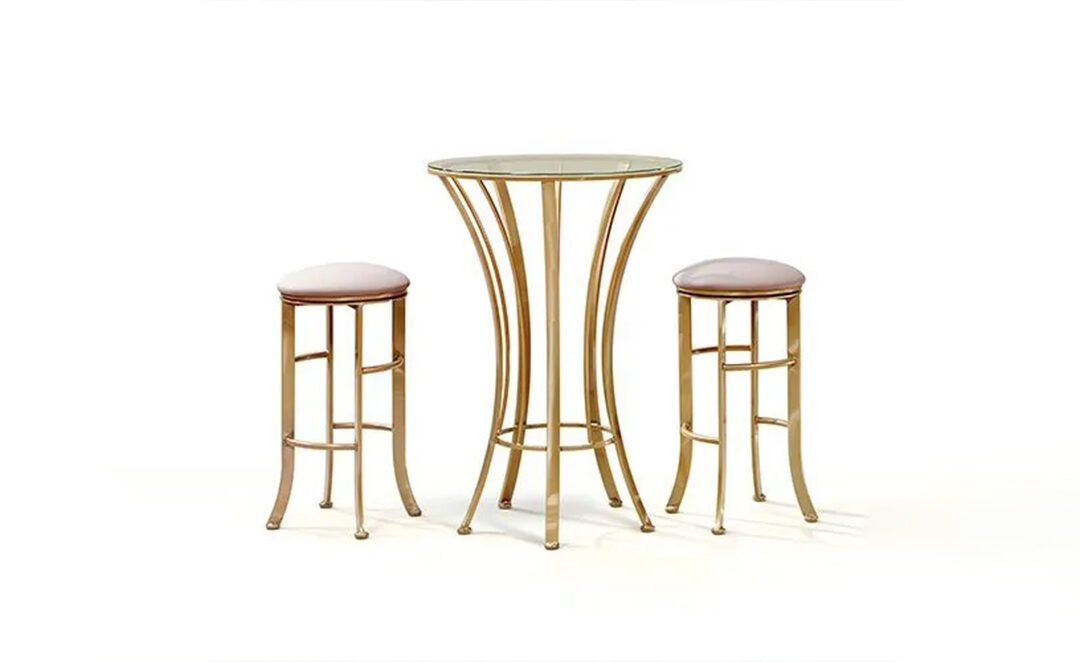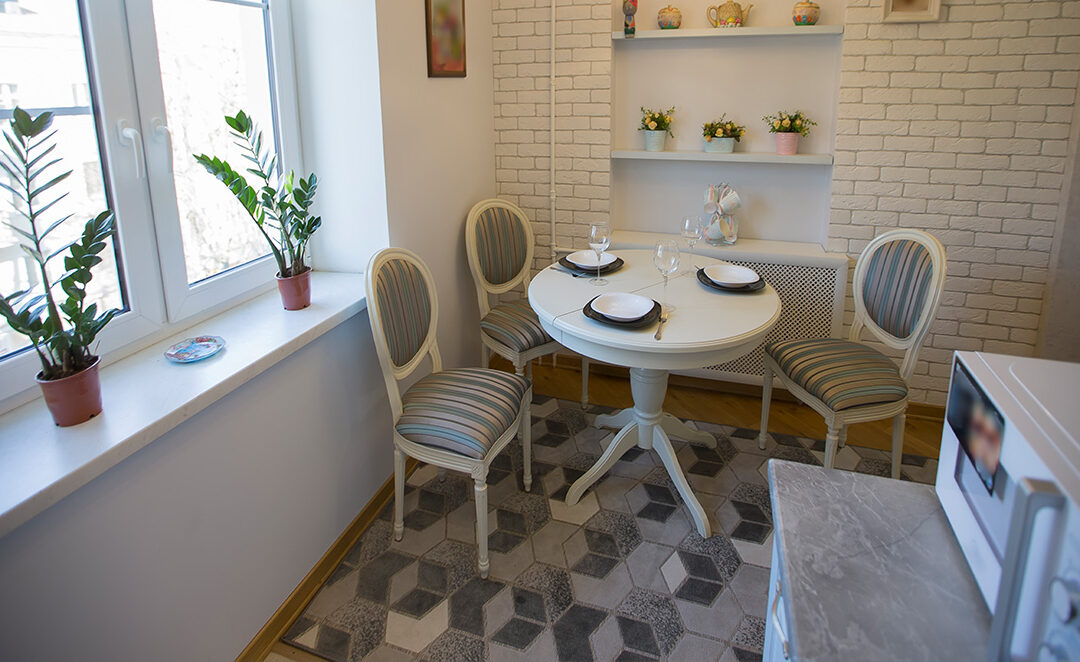Open floor plans have become an incredibly popular living arrangement in homes over the last few decades. They allow for easier mingling with friends and family throughout the day and reflect our more casual home life. Managing a coordinated style across this broad area and functional needs presents a unique challenge.
How to Choose Complementary Seating in an Open Floor Plan
Complementary seating styles are often built into how we think about traditional dining or living room seating. Dining room chair sets frequently come with armed versions for the heads of the tables, and many living room sets have a slightly unique love seat option to accompany a sofa.
For open concept living spaces, it can be challenging to have the entire area feel both cohesive and distinct across the kitchen, living, and dining sections. From the outset, you need to consider what paint colors, furniture styles, and wood finish you will be going with.
The good news is you don’t have to stick with all the same styles. You can mix and match complementary pieces.
The biggest question is, how do you choose furniture pieces that are complementary AND match the general aesthetic you are going for in the space? Let’s take a look at how to manage this for your seating options.
Variations On a Theme
Settle on a unifying theme and carry that throughout all your selections. This theme can be as simple as a color palette or a particular type of wood finish that repeats across multiple furniture pieces. Having a few items like color or finishes coordinated across the room can keep everything cohesive while still being unique and fun.
- Color is the easiest and most striking way to implement a mix and match style. Select a color scheme and use upholstered accent pieces to pull in large pops of analogous or complementary colors. You don’t need to change colors completely; even picking a lighter or darker shade can make areas visually distinct and still ensure they are in the same scheme.
- Texture can be used to add a more subtle visual shift to a living space. If you are looking for upholstered furniture and are set on a specific color selecting different fabric types allows you to mix and match without changing the visual draw of a furniture piece.
- Materials like wood, metal, and glass all have durability and functional differences, but they also impact the visual design of a room. Furniture construction material is one of the easiest to keep consistent throughout your pieces but can also be a fantastic way to set a single accent chair or set of barstools apart.
- Details can sometimes make all the difference. This tip works for upholstered seating options as well as solid ones. Slight differences in stitching patterns, like diamond versus linear padding stitches or the design of the backs of your chairs. These small details can provide a very limited visual difference if you want to keep things subtle.
- Weight and proportion of furniture can be used to balance a space visually. A dainty side chair next to a weightier sofa can help a room from feeling overstuffed or too empty.
Even if you want to mix a lot of different styles, patterns, or colors, repetition can help the space still look polished. Repeat the patterns and aspects of your mix and match furniture throughout the room to pull together a look that is still complementary. Use your other decor to help with this, like area rugs, art, and curtains.
The important thing with any selections you make is that you like them. The living space you are creating only needs to work for you; it should make you happy and feel at home.
Purposeful Implementation
How you implement or layout your seating selections and style the room can go a long way toward helping a complementary mix and match style work visually. We have mentioned visual balance a few times already, and that is precisely what you need to create. Take the time to plan your furniture layout.
There are a few easy rules to follow that you will see across most living rooms when experimenting with a layout that works for your space:
- Arrange sofas and chairs facing each other for comfortable conversation areas and inviting spaces for hosting.
- Allow a continuous pathway through the room areas that are three feet wide.
- Pay attention to sight lines between the living spaces to optimize the use you get out of your seating choices and areas. This can be to the TV, your favorite window view, or to other seating if you host guests frequently.
- Group seating and other furniture pieces with specific purposes to create distinct zones. Lighting and area rugs can help emphasize these areas.
A Complimentary and Stunning Catalog
If you are looking for a stunning and well-crafted contemporary piece of kitchen, living, or dining room furniture, check out our online catalog. We have been hand manufacturing steel furniture for over 40 years and pride ourselves that every piece is as much a piece of art as a functional piece of furniture. Each piece of Johnston Casual furniture is a unique item made to order for our customers.
We offer a wide range of metal finished and upholstery options for our pieces, meaning you can get a truly unique piece that will seamlessly complement your home and style. Find a furniture dealer near you to order a one-of-a-kind piece that will last you a lifetime. We ship all over the United States and internationally.




